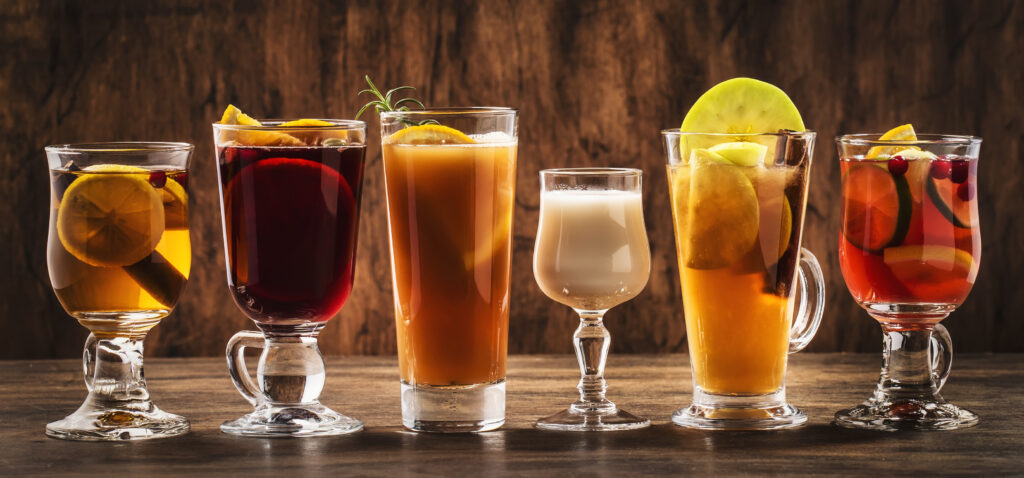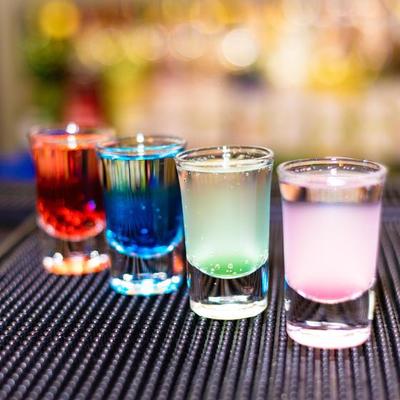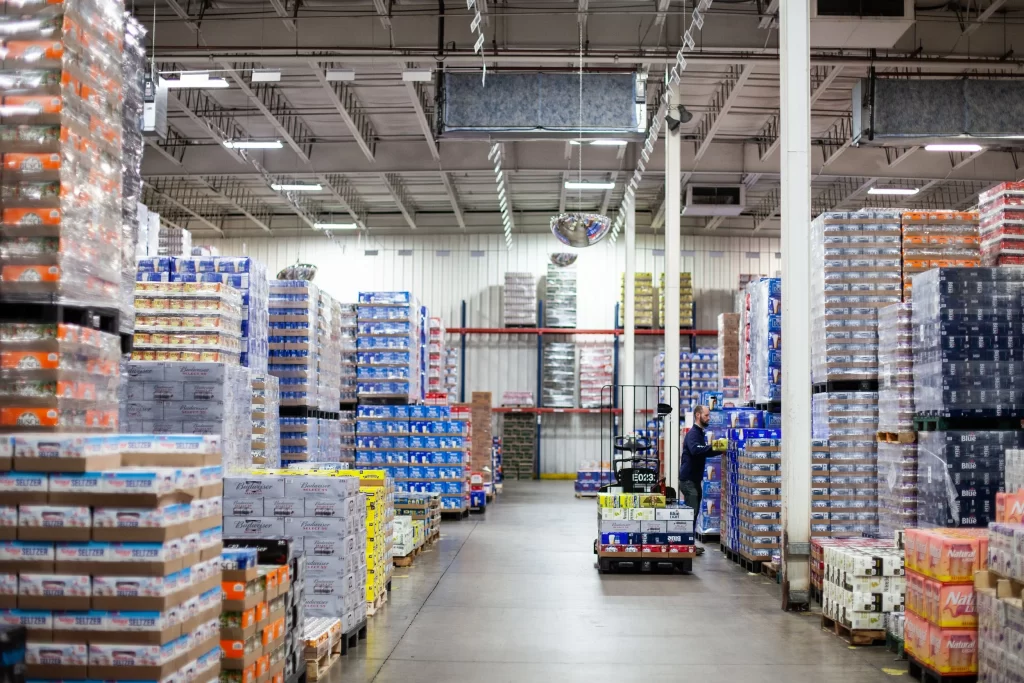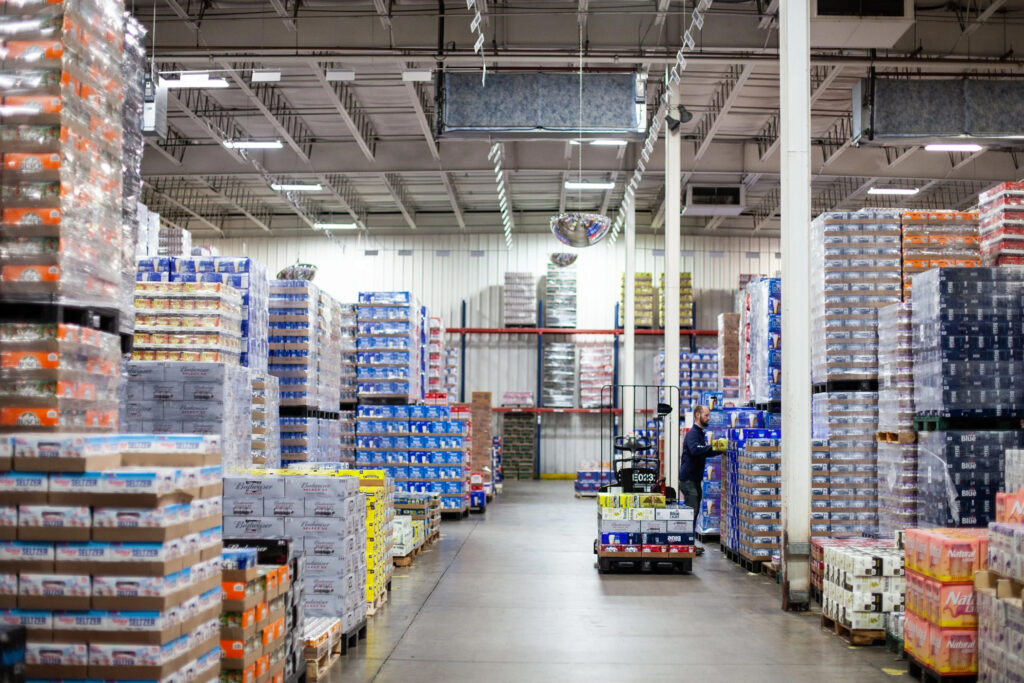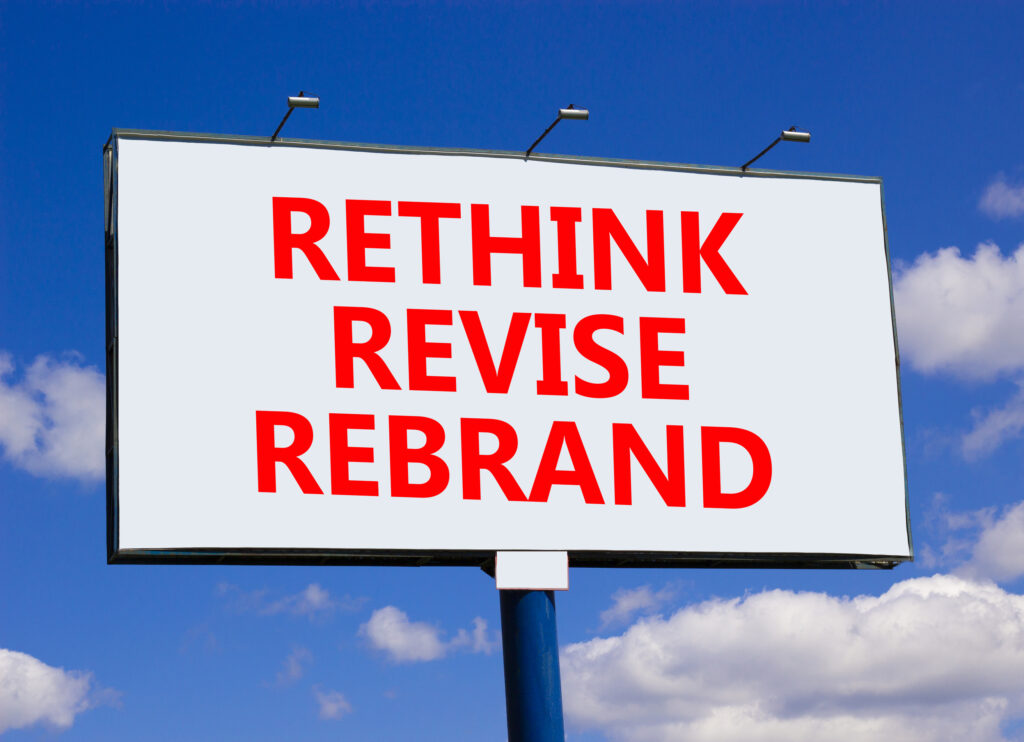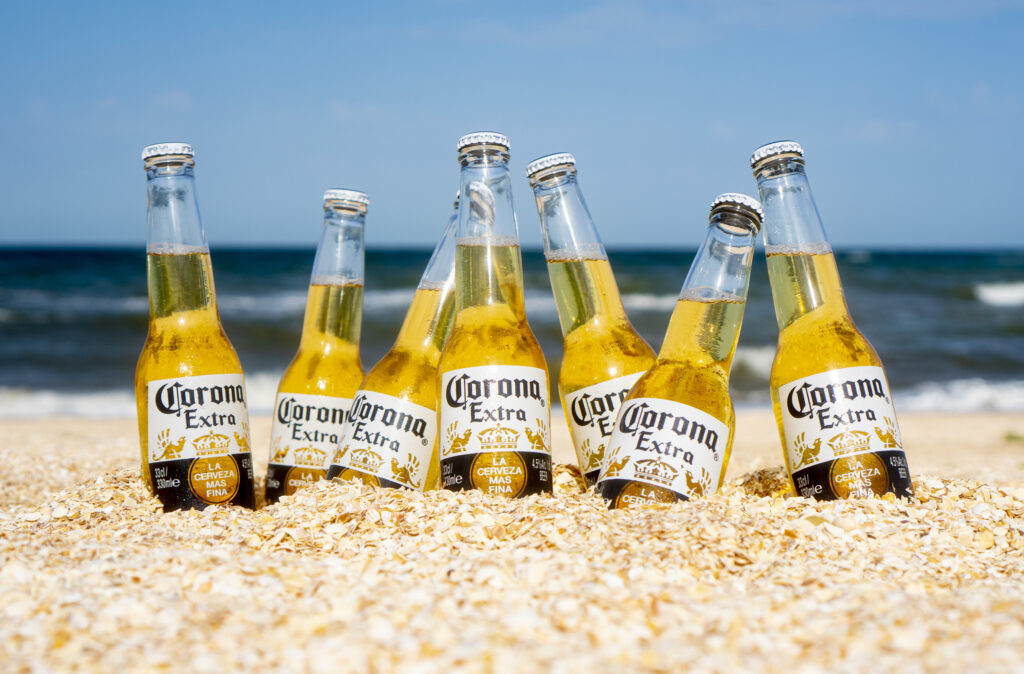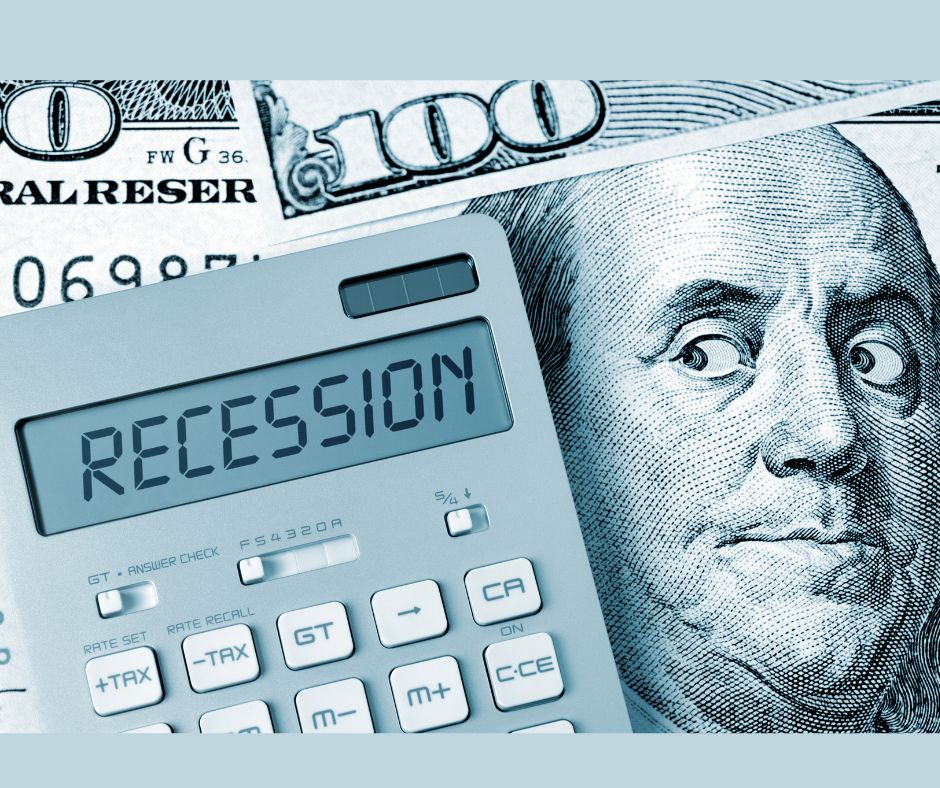Summer is over, and it is time to turn a new leaf and usher in all things pumpkin spice.
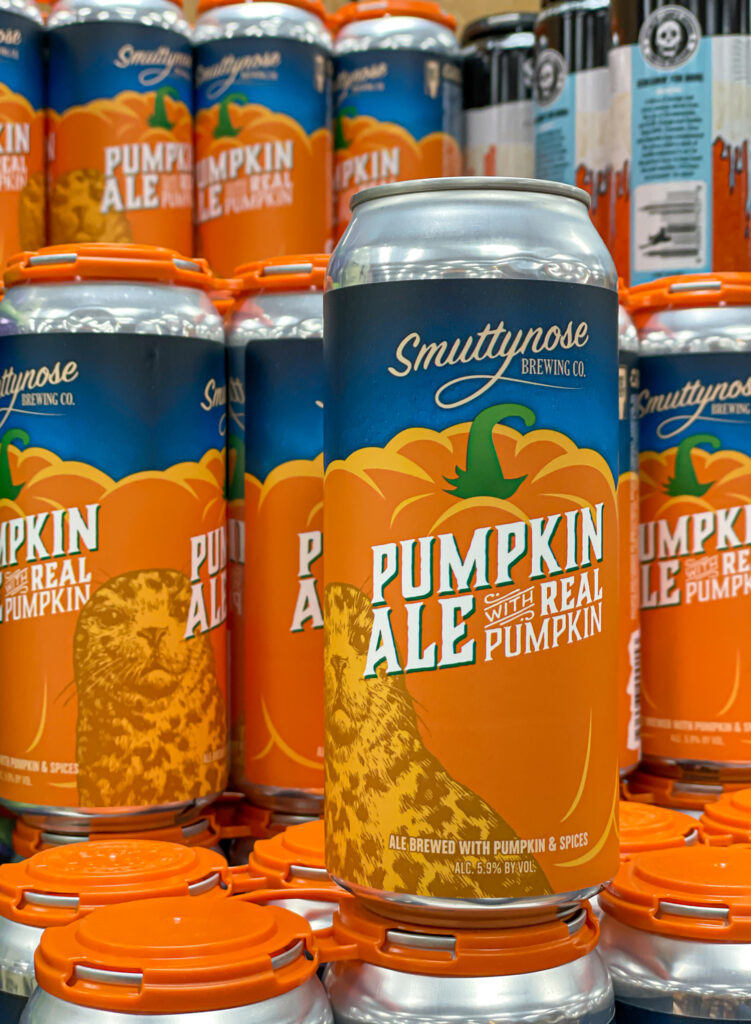
By Hanifa Sekandi
Autumn represents a season of renewal and rest. A time when people are ready to slow down after the summer rush of vacations and outdoor sun activities. Many households are a lot quieter with the return to school. So, of course, beverage marketing must pivot. ‘Tis the season for a fall branding upgrade! There are many directions that a brand can go during the fall. There is also more than one opportunity to capture your audience’s attention, unlike summer. Yes, summer beverage marketing is fun, but it does not provide as many opportunities to appeal to different consumers as fall does. Some may disagree because summer fun is full of outdoor adventures, festivals, and barbecues where the drinks flow endlessly. But, beyond the typical summer beverage themes, what else is there?
As we dive into fall marketing upgrade strategies, it is apparent why fall is a noteworthy contender for beverage sales in October and November. Basically, do not count this time of year out. Do not limit your beverage marketing budget to July, August, and December. Understandably, these months are quite favorable for beverage sales. In beverage marketing, it is important to play the long game, so every month counts. A great example of fall beverage marketing that has taken over fall is the pumpkin-spiced latte.
When Peter Dukes, a product manager at Starbucks, pitched the idea of a pumpkin-flavored beverage inspired by the essence of autumn and the dessert associated with it, pumpkin pie. He unboxed a fall marketing and cultural phenomenon. Opportunities in marketing always present themselves; it is up to brands to be bold and seize them. Your consumer already shows you what they desire; it is up to you to read their cues and deliver. Great marketing is wrapped in nostalgia. People love comfort and familiarity. The pumpkin-spiced latte reminds people of Granny’s pumpkin pie, topped with whipped cream, a treat enjoyed in the fall and the winter months. So, let’s upgrade!
Thematic Upgrades
Sometimes your brand needs a theme. Start brainstorming themes that are synonymous with the fall. Think of every possible symbol or activity that comes to mind when you think of this time of year. Delve deep into your childhood memory bank. What good fall memories do you cherish? How does it make you feel? The goal is to evoke an emotional connection to your fall marketing campaign. It is about creating something familiar, more so than something outrageous or bold, as you did for summer campaigns. The summer is about a lot of noise, more action. The fall is about comfort and slowing down. Is your cider a warm, cozy beverage? What is your beverage best paired with? An apple pie-flavored cider would be a hit beverage. For those who love apple picking, warm apple pie, or warm apple cider, once the leaves develop an orange and golden hue, this would be a go-to beverage. You could create a thematic campaign, “all things apples,” that includes activities and recipes.
When you craft your campaign around a theme, it allows you to create a story. A story that supports all your marketing verticals. This includes hosting experiential events to support your theme. Maybe you can partner with an orchard for a brand takeover. At this event, you can serve both alcoholic and non-alcoholic ciders. Beverage bands in the RTD non-alcoholic space should absolutely take advantage of this opportunity. An event that will include fall activities like apple picking, a storefront to purchase apple pie or crumble, and merchandise that complements your theme. Some apple orchards also have a farmers’ market on site, a great way to showcase your beverage by giving samples, and where patrons can purchase it. According to the Apple Association, there are approximately 600 orchards in New York. This is just one state! An outside-the-box idea, but a timely seasonal campaign.
This theme can also shift to pumpkin patches and hayrides. A theme that also extends to Halloween. The use of pumpkin is already popular; it will be easy to entice pumpkin-spiced latte enthusiasts. You can target three different consumer groups with an apple-themed marketing campaign, a pumpkin campaign, or a Halloween campaign all at once.
Ambient Upgrades
Sometimes it is all about a vibe. Think of this strategy the way an interior designer views upgrading a room in someone’s home. Or better yet, your consumer who most likely loves to shop for seasonal fall decor. How can your beverage complement their ambient upgrades, elevate their space, and add to the fall atmosphere they would like to create in their home or at a gathering? Is this a beverage that can be displayed on their table next to a delicious charcuterie board? When people walk into the store, does your beverage send cues to the buyer? Is it autumn?
Packaging adorned with fall colors or imagery and symbols will metaphorically speak to this consumer. Sometimes, it is an unconscious symbolic cue that draws people to beverages packaged for the season. It is due to familiarity. What matches their fall decor, what would add to the moment, or enhance the experience? If they are going for cozy fall vibes, when they spot a product, even a beverage that is associated with this, it will incline people to purchase it. It is the same feeling that is evoked when people buy an apple or pumpkin-flavored coffee from the grocery store, and cookies they will store in a jar with fall artwork etched on it, purchased from a home decor store.
Keep in mind, the product still matters. Your beverage should taste good. Quality ingredients are still the star of the show. Hopefully, your fall beverage campaign performs well, and consumers look forward to it every fall like a pumpkin-spiced latte. Imagine being the RTD of the season or the cider that people must buy as soon as September 22nd hits?
Ambient upgrades allow you to elevate your packaging. It is a great time to be creative and add a little glitz or glamour to your branding.
Everything Upgrade
As mentioned earlier. Your fall marketing upgrade can be all things fall. Create a storyline for your marketing campaign. Starting with apples and then segwaying to pumpkin, a bit of Halloween, and even Thanksgiving. Dub this the “ultimate beverage fall story,” a chapter of the year where your brand takes people on a fall adventure. Full of all the things that people have come to love about this time of year. From packaging upgrades to social media and out-of-home campaigns, a story that can captivate the senses and invite beverage connoisseurs to join in and add your beverage to their personal fall story.
A call to action, asking your consumer what they love about the fall, is a great way to get engagement. Share your favourite fall moments with our beverage, a food, or a recipe that pairs well with it. An everything upgrade will keep things exciting and allow you to maintain the momentum you gain in the summer. It is also a great lead-up to winter marketing, a beautiful beverage story for your brand to write.
